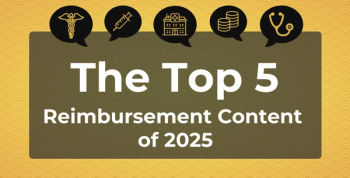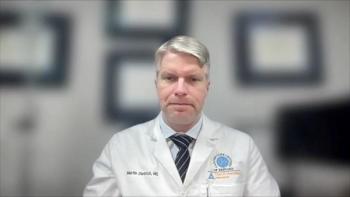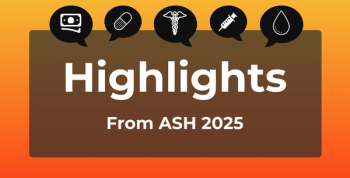
Top 5 Most-Read Nasal Polyps Articles of 2022
Nasal polyp development, treatment, and recurrence were topics up for discussion in this year’s most popular nasal polyps–related content.
Here are the top 5 most-read nasal polyps articles of 2022.
5. Meta-Analysis Finds Dupilumab Most Effective Biologic for CRS With Nasal Polyps
This comparison of the FDA-approved dupilumab, omalizumab, and mepolizumab—biologics indicated to inhibit type 2 inflammation among patients who have chronic rhinosinusitis with nasal polyps (CRSwNP)—as well as benralizumab, stemmed from a lack of head-to-head randomized controlled trials comparing their efficacy and safety. Nasal polyp score and nasal congestion severity were improved more following dupilumab administration compared with the other treatments, with benralizumab seemingly the least effective regarding nasal congestion severity and 22-item Sino-Nasal Outcome 48 Test score.
4. Immunoglobulin Levels Linked With Nasal Polyp Development
With evidence that polyps may result from chronic inflammation, among other causes, this analysis that compared outcomes between 60 patients with nasal polyps and 60 controls found that although immunoglobulins A, E (IgE), and G (IgG) were seen at significantly higher concentrations in tissue specimens of the patients, blood serum levels were similar.
The study authors noted that this difference may be due to increased plasma cells, “suggesting local production of these local immunoglobulins in nasal polyps in response to chronic antigens.” They added that further study is needed to explore the relationship between cyclin-dependent kinase 5 (CDK5) and local immunoglobulins because although a significant correlation was identified between IgG concentration and CDK5 (P < .0001), a negative correlation was seen between IgE and CDK5.
3. Several Postsurgery Prognostic Factors Linked With Nasal Polyp Recurrence
Approximately 60% to 70% of patients who have CRSwNP see polyp recurrence following endoscopic sinus surgery (ESS) despite this treatment modality being associated with symptom burden improvement. In this study, evaluation criteria included patient-reported outcome measures and endoscopic and radiographic scores before and after ESS, with significant associations seen between polyp recurrence and worse post-ESS modified Lund-Mackay (P < .0001), modified Lund-Kennedy (P < .0001), and 22-item Sinonasal Outcomes Test (P < .01) scores.
2. Incidence of Nasal Polyps Linked With Severe Radiographic Disease in CRS
With this investigation, researchers wanted to evaluate a potential relationship between CRS radiographic disease severity, as measured by Lund-Mackay Scores (LMS), and health care utilization. Criteria scrutinized were antibiotic courses, steroid courses, over-the-counter pill use, health care provider visits, work or school days missed, and symptom duration. Among the 556 patients included—410 with high LMS (> 8) and 146 with low LMS (< 8)—high LMS were associated with fewer antibiotic courses, and these patients were more likely to report nasal polyps and to have used ESS to manage their disease.
1. Prevalence of Chronic Rhinosinusitis With Nasal Polyps Higher in Urban Residents, Seniors
In this study out of Poland, male gender, older age, and urban location were found to be associated with a greater prevalence of CRSwNP, and most health care costs linked to the condition came from inpatient services. The authors’ statistical analysis included demographic and comorbidity data and costs for inpatient and outpatient services. Among the male patients included in this study, the highest disease prevalence was seen in the 75-to-79-years age group vs the 55-to-59 age group for women.
Newsletter
Stay ahead of policy, cost, and value—subscribe to AJMC for expert insights at the intersection of clinical care and health economics.








